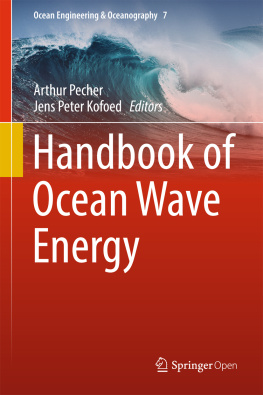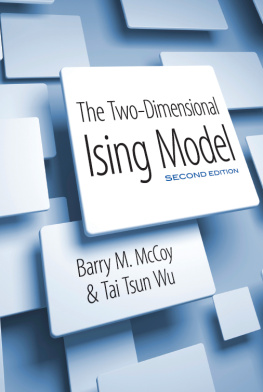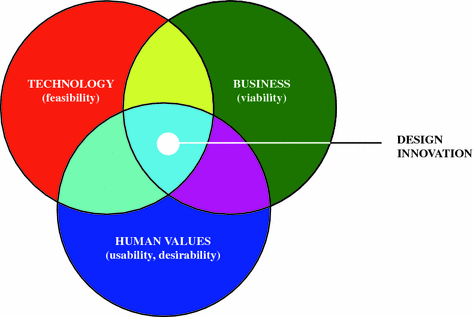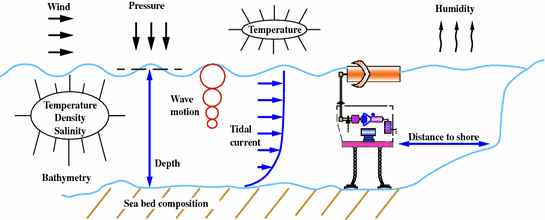1.1 Introduction
The widespread usage of affordable electricity converted from ocean waves would be a fabulous achievement. Besides that the wave energy converting (WEC) technology would be particularly interesting, it also would have several significant benefits to society, such as:
It is another sustainable and endless energy source, which could significantly contribute to the renewable energy mix. In general, increasing the amount and diversity of the renewable energy mix is very beneficial as it increases the availability and reduces the need for fossil fuels.
Electricity from wave energy will make countries more self-sufficient in energy and thereby less dependent on energy import from other countries (note: oil is often imported from politically unstable countries).
It will contribute to the creation of a new sector containing, innovation and employment.
Electricity from ocean wave can be produced offshore, which thereby does not require land nor has a significant visual impact.
As the world energy needs will keep on increasing while the fossil fuel reserves are depleting, wave energy will become of significant importance. The demand for it will start when its price of electricity will be right and will then only increase with time.
1.2 The Successful Product Innovation
In general, there are three key elements to a successful product innovation. It has to be technically feasible, economically viable and desirable/useable by an end-user. In other words, it requires a new functional technology that has a positive business case and that is of use for society. These key elements do not necessarily require being developed at the same time since a developer needs to start somewhere. However, they need to be present in some kind of harmony before an innovation can successfully be launched on the market (Fig. ).
Fig. 1.1
The three key elements of successful product design innovation. Inspired by []
There is a great demand for renewable energy and a need to diversify the renewable energy mix. This can easily be seen on the significant annual increase in global investment in renewable energy, such as wind and solar. Wave energy has even been additionally stimulated in some countries as they recognise its benefits and great potential. The technology push came mainly in the form of public grants and capital investment in technology development, while the market pull through public market incentives, such as revenue support (the feed-in tariffs) []. This indicates that the usability and desirability (or human value) are currently very positive.
Table 1.1
Overview of the mean capture width ratio for some of the main WEC types
WEC type | Capture width ratio (%) |
|---|
Floating overtopping device | |
Oscillating water column | |
Point absorber | |
Pitching flap (bottom fixed) | |
An impressive amount of wave energy technologies have been developed over the last 25 years. To give an indication hereof, the list of current wave energy developers at EMEC counts 256 developers [).
The last missing factor for production innovation success is the business potential or economic viability of the wave energy technologies within the frames of the market (with or without incentives). The business case is made based on cost (CapEx and OpEx) and power production calculations (read more in Chaps. ). To be able to demonstrate a positive business case, a significant amount of proof (for the calculation) and thereby experience with the WEC is expected to be gathered before. Although some investors can be convinced on the way in the great business potential of a WEC, it will probably still require a decent track record of an offshore full-scale WEC before it will convince a larger market. This is particularly difficult to realise with WECs since the development cost is particularly high (e.g. compared to wind energy) and the development process long. This is especially due to the harsh offshore environment, which requires special equipment and vessels and which is not easily accessible. So, the development process requires a careful balance between technology optimisation and physical progress. The best advice is, therefore, to keep on investigating the economic potential along the development progress as there is no reason to progress if it is absent.
1.3 Sketching WECs and Their Environment
WECs are machines that are able to exploit the power from ocean waves and to convert it into a useable form of energy, such as electricity.
Ocean waves are theoretically relatively well understood and extensively described in literature. However, in practice, it is very difficult to accurately describe, reproduce and predict the exact environmental conditions at a certain offshore location. This is due to its complexity and the large amount of environmental parameters that can have a significant influence on it (read more about this in Chap. ).
In Fig. , the different metocean parameters affecting the marine environment are sketchily presented, together with the primary sub-systems of a (floating) WEC.
Fig. 1.2
Metocean parameters applicable to marine energy converts, and their primary sub-systems. Adapted from []
Most WECs, even the ones with different working principles (see Chap. ).
The main sub-systems that are present in (all) WECs have also been introduced widely in literature [] and consist of:
The hydrodynamic subsystem is the primary wave absorption system that exploits the wave power (see Chap. ). It can be of different types depending on the technology, e.g. oscillating body, oscillating water column and overtopping principle, and it is connected to both the reaction and PTO subsystems against which it will actively transfer forces and motions.
The power take-off subsystem converts the captured wave energy (by the hydrodynamic subsystem) into electricity (see Chap. ). The PTO systems can be based on different principles, of which some of the most common are hydraulic PTO, direct drive mechanical PTO, linear generators, air turbine and low head water turbine.
The reaction subsystem maintains the WEC into position relative to the seabed (e.g. mooring system) and provides a reaction point for the PTO and/or support for the hydrodynamic subsystem(s) (e.g. fixed reference or support structure) (see Chap. ).
The control (and instrumentation) subsystem is the intelligent part of the system as it takes care of the control of the WEC and its measurements. It mainly consists of the processors for the automation and electromechanical processes, the sensors and their data acquisition, the communication and data transfer, and the human interface.










